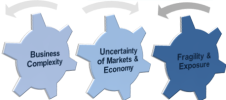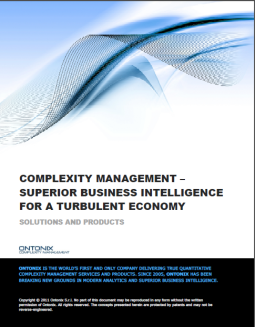Wednesday, 29 August, 2012
 Wow! This is a great report from a US firm called Strategy Meets Action and I think that Deb Smallwood has spelled-out a way forward for insurers, MGA’s and brokers who are dithering on what they need to do be “win” in the immediate future and in the longer term, no matter how the landscape changes in coming years.
Wow! This is a great report from a US firm called Strategy Meets Action and I think that Deb Smallwood has spelled-out a way forward for insurers, MGA’s and brokers who are dithering on what they need to do be “win” in the immediate future and in the longer term, no matter how the landscape changes in coming years.
Don’t get me wrong, whilst the report makes sense of so much that can (does) cloud the mind of insurance executives – who have so many strategic issues to address and an abiding fear of making the wrong call – it doesn’t enlighten them as to “how” they tackle some fundamental failings, such as:
- how to differentiate between risks that “look good”, according to correlations in data gathered over many years and those that ARE good, based upon a reliable measurement of their current resilience [ability to absorb unforeseen events]
- how to rate risks for which there is little or no historic data [the truly “new” venture]
- how to develop and maintain a sensory awareness of, rapidly changing, internal/external factors – threats and opportunities
Real-time visibility is, undoubtedly, a huge advantage in the Digital Age but, that does pre-suppose that the capability to analyse large scale data [Big Data is THE hot topic] exists. But an even more important question is…
…how do you recognise something you haven’t seen before?
That is to say if it is a familiar pattern i.e. risk, something “known”. But hold on a minute, if this is the full extent of what the smart, enabled and aligned, insurer is looking for then that is to fail to recognise that there are “unknowns”. Do we assume that something unfamiliar is irrelevant, an outlier, or investigate to ensure it is not a new, emergent, pattern or risk?













